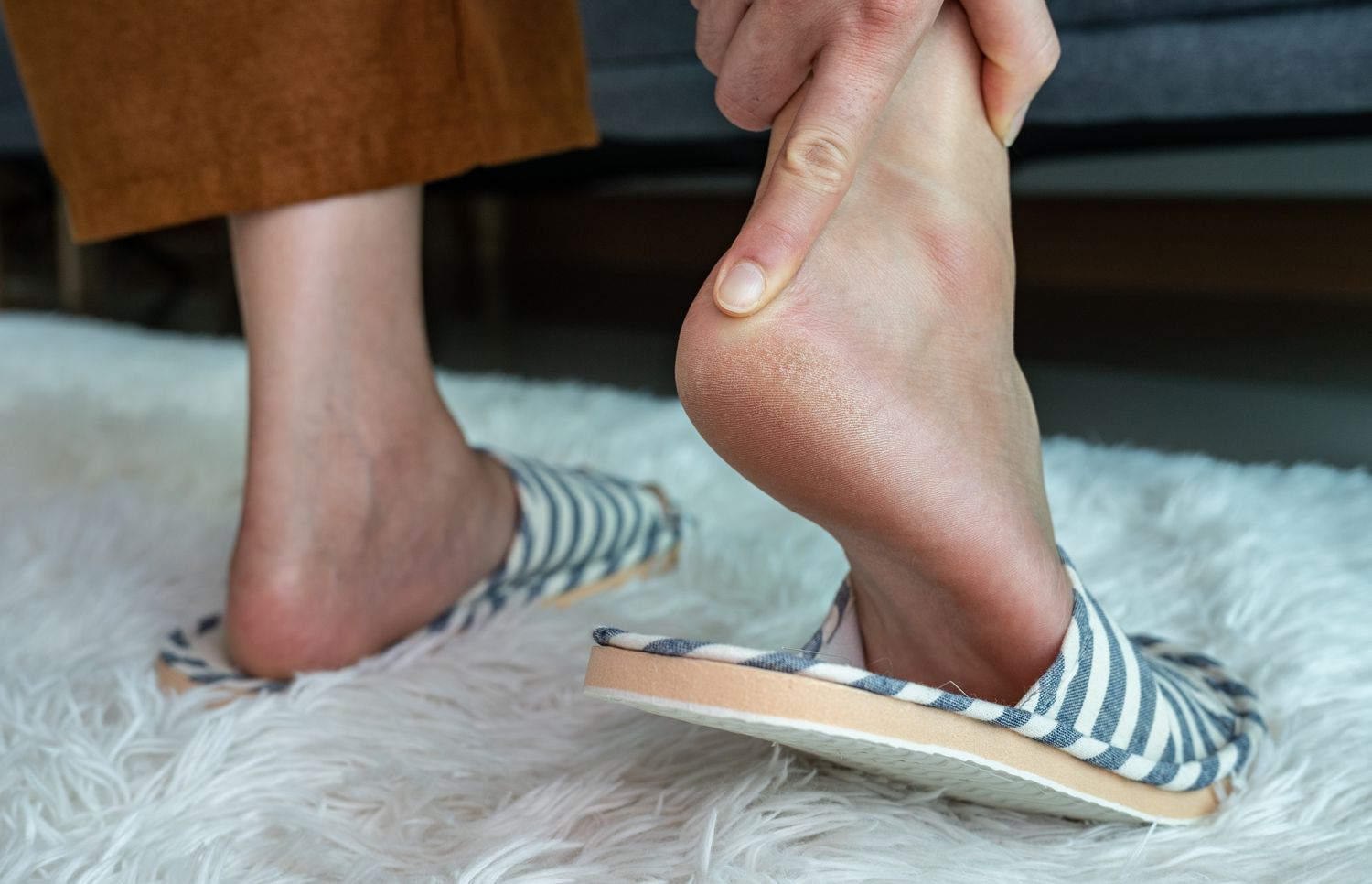Understanding Heel Pain: Causes, Treatments, and Prevention

Heel pain is a common ailment that affects people of all ages. It can be caused by a variety of factors, ranging from improper footwear to underlying medical conditions. This blog post will explore the causes of heel pain, discuss various treatment options, and provide tips on how to prevent it from occurring.
Causes of Heel Pain
- Plantar Fasciitis Plantar fasciitis is one of the most common causes of heel pain. It occurs when the plantar fascia, a thick band of tissue that runs across the bottom of your foot, becomes inflamed. This condition often results from repetitive stress or overuse, especially in activities that involve running or jumping.
- Heel Spurs Heel spurs are bony growths that develop on the underside of the heel bone. They are often associated with plantar fasciitis and can cause significant pain, particularly when standing or walking.
- Achilles Tendinitis The Achilles tendon connects the calf muscles to the heel bone. Achilles tendinitis occurs when this tendon becomes inflamed, usually due to overuse or sudden increases in physical activity.
- Bursitis Bursitis is the inflammation of the bursa, a small fluid-filled sac that cushions the bones, tendons, and muscles near your joints. In the heel, bursitis can cause pain and swelling, particularly at the back of the heel.
- Sever’s Disease Sever’s disease is a common cause of heel pain in growing children and adolescents. It occurs when the growth plate in the heel becomes inflamed due to repetitive stress or overuse.
- Stress Fractures Stress fractures are tiny cracks in the bone that can develop from repetitive force or overuse. They are common in athletes and can cause severe heel pain.
Symptoms of Heel Pain
Heel pain can manifest in various ways, depending on the underlying cause. Common symptoms include:
- Sharp or stabbing pain in the heel
- Pain that worsens with activity or after long periods of rest
- Swelling and tenderness in the heel area
- Difficulty walking or standing for extended periods
Diagnosis of Heel Pain
If you experience persistent heel pain, it is important to seek medical attention. A healthcare professional will perform a physical examination and may order imaging tests, such as X-rays or MRI scans, to determine the underlying cause of your pain.
Treatment Options for Heel Pain
- Rest and Ice Resting your heel and applying ice can help reduce inflammation and alleviate pain. It is important to avoid activities that exacerbate your symptoms until your heel has healed.
- Footwear Modifications Wearing supportive shoes with proper arch support and cushioning can significantly reduce heel pain. Avoid walking barefoot or wearing high heels, as these can aggravate your condition.
- Orthotic Devices Custom orthotic devices, such as shoe inserts or heel cups, can provide additional support and alleviate pressure on the heel. These devices are particularly useful for individuals with flat feet or high arches.
- Physical Therapy Physical therapy can help strengthen the muscles and tendons in your foot, improving flexibility and reducing pain. A physical therapist may also recommend specific exercises and stretches to alleviate your symptoms.
- Medications Over-the-counter pain relievers, such as ibuprofen or acetaminophen, can help manage pain and reduce inflammation. In some cases, a doctor may prescribe stronger medications or corticosteroid injections for more severe pain.
- Surgery Surgery is typically considered a last resort for heel pain that does not respond to conservative treatments. Procedures may include plantar fascia release, heel spur removal, or repair of a torn Achilles tendon.
Preventing Heel Pain
- Wear Proper Footwear Choose shoes that provide adequate support and cushioning. Avoid high heels and shoes with poor arch support. Replace worn-out shoes regularly to ensure proper support.
- Warm-Up and Stretch Before engaging in physical activity, take the time to warm up and stretch your muscles. Focus on stretching your calf muscles, Achilles tendon, and plantar fascia.
- Gradually Increase Activity Levels Avoid sudden increases in physical activity, especially if you are not accustomed to regular exercise. Gradually increase the intensity and duration of your workouts to prevent overuse injuries.
- Maintain a Healthy Weight Excess weight can put additional stress on your feet and contribute to heel pain. Maintaining a healthy weight through a balanced diet and regular exercise can help reduce your risk.
- Use Proper Technique When engaging in physical activities, use proper technique to avoid unnecessary strain on your feet. Consider working with a coach or trainer to ensure you are performing exercises correctly.
- Take Breaks If your job requires prolonged standing or walking, take regular breaks to rest your feet. Elevate your feet whenever possible to reduce swelling and discomfort.
When to See a Doctor
While many cases of heel pain can be managed with conservative treatments, it is important to seek medical attention if:
- Your pain is severe or worsening
- You experience numbness or tingling in your foot
- You have difficulty walking or standing
- Home treatments do not alleviate your symptoms
A healthcare professional can provide a proper diagnosis and recommend appropriate treatment options based on your specific condition.
Conclusion
Heel pain is a common issue that can significantly impact your daily life. Understanding the causes, symptoms, and treatment options can help you manage your pain effectively. By taking preventive measures and seeking medical attention when necessary, you can reduce your risk of developing chronic heel pain and maintain a healthy, active lifestyle.




